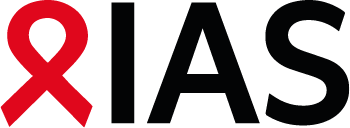Share Abstract
Evaluation of 'InstantScreen', an ultra-rapid HIV1/2 assay based upon novel tecnhologies for the detection of the HIV antibodies
Abstract Content:
Background: InstantScreen Rapid HIV-1/2 assay (GAIFAR, Germany), uses novel technologies for antibody detection (OCA-particles) and antibody-capture (epitope-combi-antigens) and detects antibodies against all strains of HIV in 30 seconds irrespective of whether blood, serum or plasma is being used. No specialized equipment, ancillary supplies or storage conditions are required. Internal control and a positive result are read visually as blue dots.
Objective: To evaluate InstantScreen under routine conditions in Caxias do Sul, Brazil.
Methods: 781 sera samples collected from blood donors, patients with acquired immunodeficiency syndrome (AIDS), pregnant women and children (<12 months of age) attending local health centres. Tests were conducted between April 1, and December 20, 2001. Informed consent and basic demographic information was obtained. Serum was screened for the presence of antibodies to HIV by InstantScreen as well as ELISA reference tests (Genscreen HIV-1/2 Version 2, Sanofi Pasteur; ICE HIV-1.0.2, Murex Diagnostics; and Abbott Axsym HIV-1/HIV-2).
Results: 780 samples were tested resulting in the following performance data: sensitivity (95% CL) 160/160 = 100% (98-100%); specificity (95% CL) 620/620 = 100% (99-100%). It is noteworthy that a six months old baby born to an HIV-positive mother was tested negative by InstantScreen while two ELISAs and a Western Blot gave a positive result. Six months later, both the reference tests and InstantScreen confirmed the truly sero-negative status of the child.
Conclusion: InstantScreen was simple to perform and easy to interpret. The reliability of the test exceeds that of most laboratory assays. The test membranes can be removed, providing the option for permanent documentation. Accordingly, the test is suitable for use in virtually any setting.
